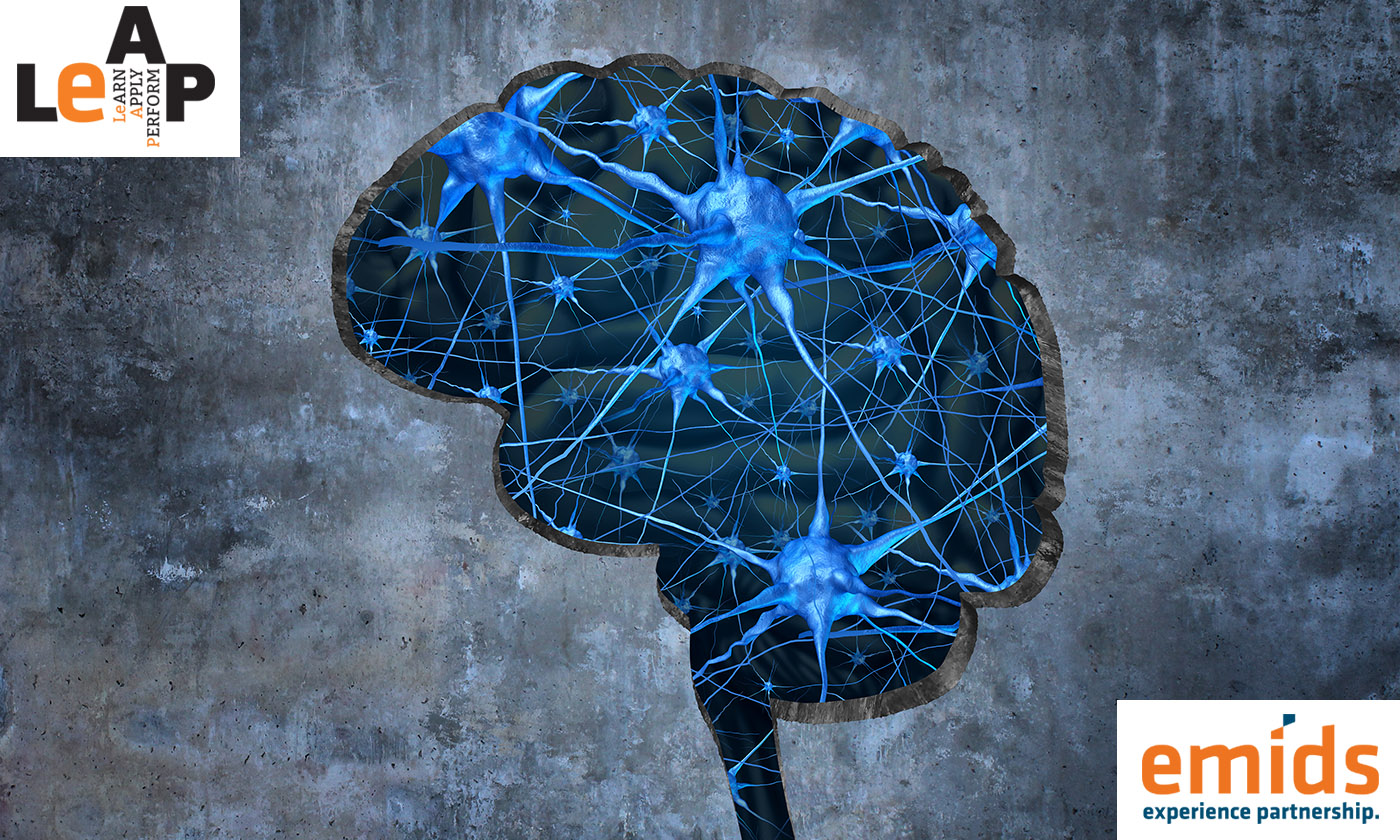On seeing a man search the sidewalk under a streetlight, a police officer asked what he was looking for. The man replied, “My house-keys,” and then pointed down the street to a dark corner saying, “I dropped them down there!” Understandably confused, the officer asked, “If you dropped your keys nearly a block down the street, why are you looking here?” The man said, “Well, the light is better here!”
The above fable actually captures our mainstream understanding of leadership, which is based on observable behavioral competencies. Scientists call this the ‘streetlight effect’—the idea that we often search for answers where it is easy to look, or where we are used to looking (O’Toole, 2013). But in reality, leadership is an intricate blend of factors. Neuroscientists today argue that we need to examine less visible forces such as physiological, emotional, and mental processes, to broaden the focus and increase the efficacy of leadership.
To build an understanding of leadership beyond behavioral competencies, the Center for Creative Leadership proposed a model that recognizes the complexity of leadership through three aspects of one’s ‘inner world’.
Circuitry: Our behavior, including leadership, is influenced by the basic network of interconnected neurons in the brain and nervous system. Our navigation of the world is based on how our brain processes pain and pleasure. In organizations, pain can result from being passed over for a promotion, getting a project cut, dealing with insubordination, losing a client, etc. Pleasure comes from appreciation, rewards, relationships, etc. Since humans inherently have a negativity bias, we are far more likely to absorb pain, than pleasure. The result is stress of varying degrees. Thus, it’s important for leaders to practice activating the reward/ positive circuitry of the brain, to become more effective and influential.
Inner Content includes our raw emotions, gut reactions, and inner dialogue, which define our relationships with ourselves, as well as shape our beliefs and emotional reactions to thoughts and situations. Celebration on meeting targets, feeling nervous before interviews, mind chatter (should, don’t, must) are examples of our inner content. It influences how a leader takes in information, ultimately influencing decisions and actions.
Research shows that brooding activates mood centers in the brain, and impairs critical-thinking and problem-solving. It’s also linked to dysfunctional attitudes and depression (Eugene, Dennis, & Gotlib, 2010). This suggests that our emotions influence our decision-making. However, positive distractions (such as jogging or connecting with friends) can break negative thought cycles; and mindfulness training can halt depressive thought spirals. Likewise, avoiding first-person pronouns during self-talk can lower social anxiety (Kross 2014).
Conscious Engagement refers to the ability to observe, modify, and regulate mental processes. Our circuitry and inner content flow constantly and automatically. With awareness and practice, we can learn to re-direct them. By observing reactions to different stimuli, it’s possible to learn what triggers an emotion, a pattern of thinking, or a physiological change. Conscious engagement can help leaders become more aware, proactive, and deliberate around their thoughts, emotions, actions, and behaviors. Leaders will also sharpen their understanding of others, as a result. Contemplative practices, such as meditation, yoga, or mindfulness are time-honored ways of learning to monitor and modify our inner world.
Though unobservable, the above factors deeply influence how we grow as leaders, and what kind of an influence we have. The first step to becoming better leaders then is to acknowledge that cognitive health matters. Let’s take that first step today.








